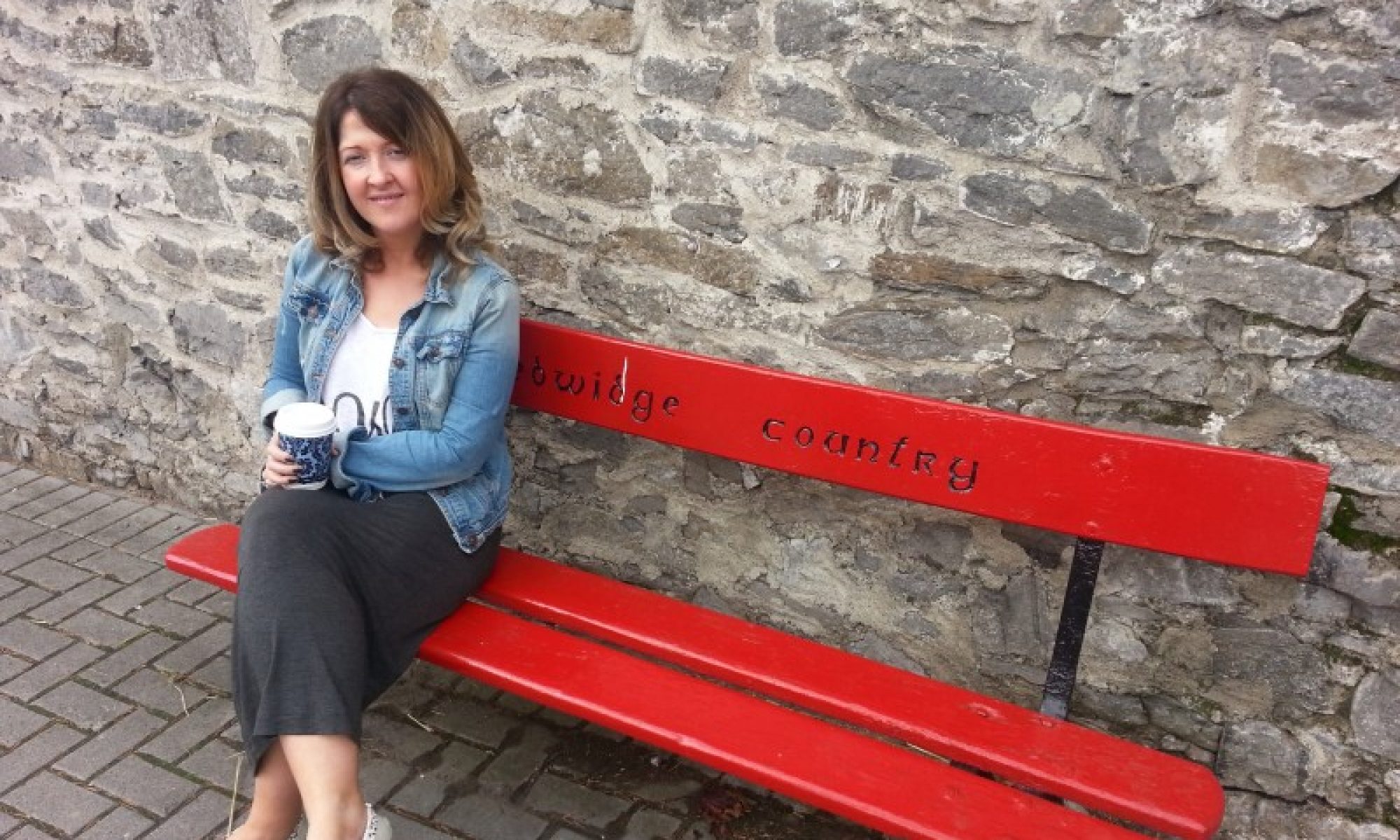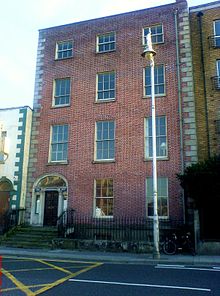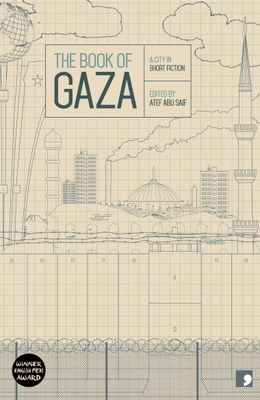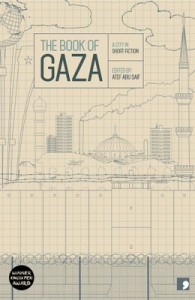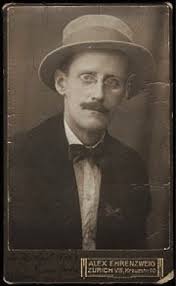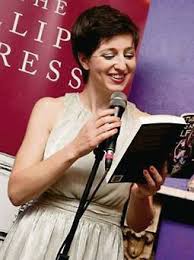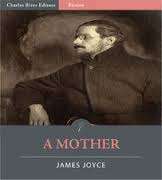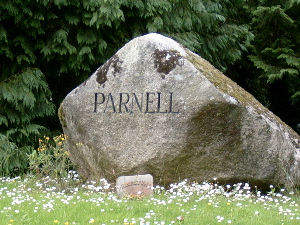Sixteen Literary Magazine is a free online magazine that aims to use the 1916 centenary to help emerging and professional writers craft new work based on the 1916 Easter Rising. We are deeply interested in how Ireland has changed in the last 100 years since and want to explore how the events of that week in 1916 have shaped us as a nation today or if they did at all.

Neither of the editors of Sixteen are historians. We are interested in good writing and we’re not adverse to a bit of visual art.
On the 16th of every month leading up to the 16 months before April 2016, we will publish an issue of our magazine online with the best pieces of work we receive. Each month, we will give a prompt relating to the Easter Rising. It might be an event, a character, a building or a piece of art. We will offer some ideas to whet your creative juices and then it’s up to you.
All submissions should follow our guidelines and we only accept work through our web form. Editors have the final decision on the final piece. Your piece of writing may need editorial help and support and we reserve all rights to make these changes to ensure the standard is good for our magazine.
Please, go to www.sixteen.ie to view the magazine, submission guidelines and possible prompts and themes. You may be inspired by the themes or not! Your response can be loose or tight!
www.sixteen.ie
